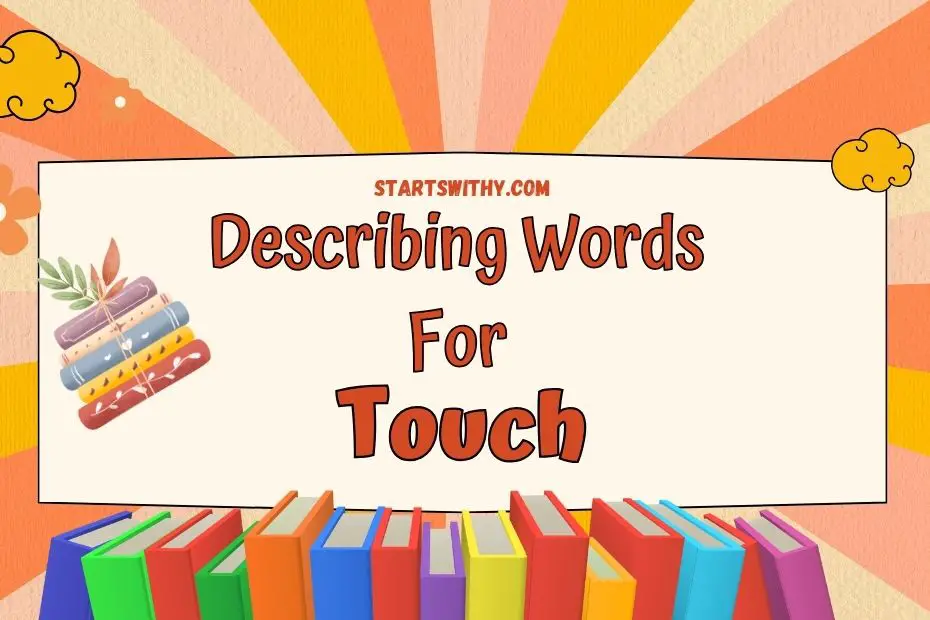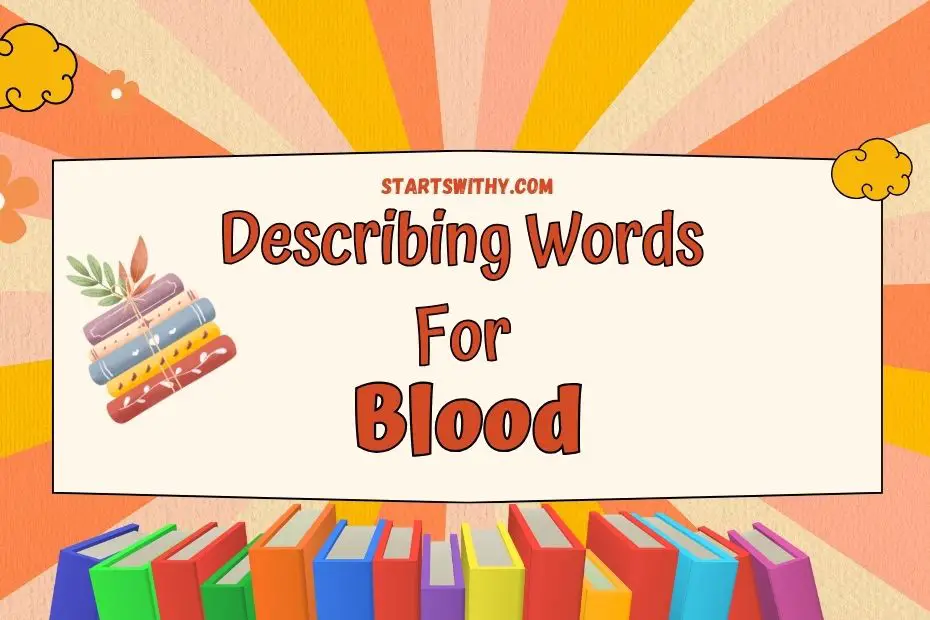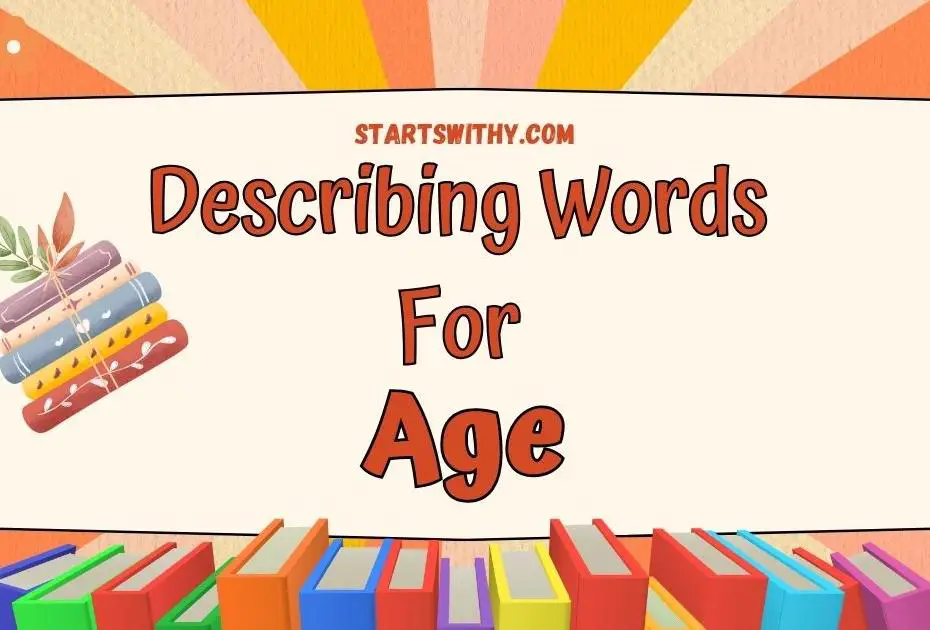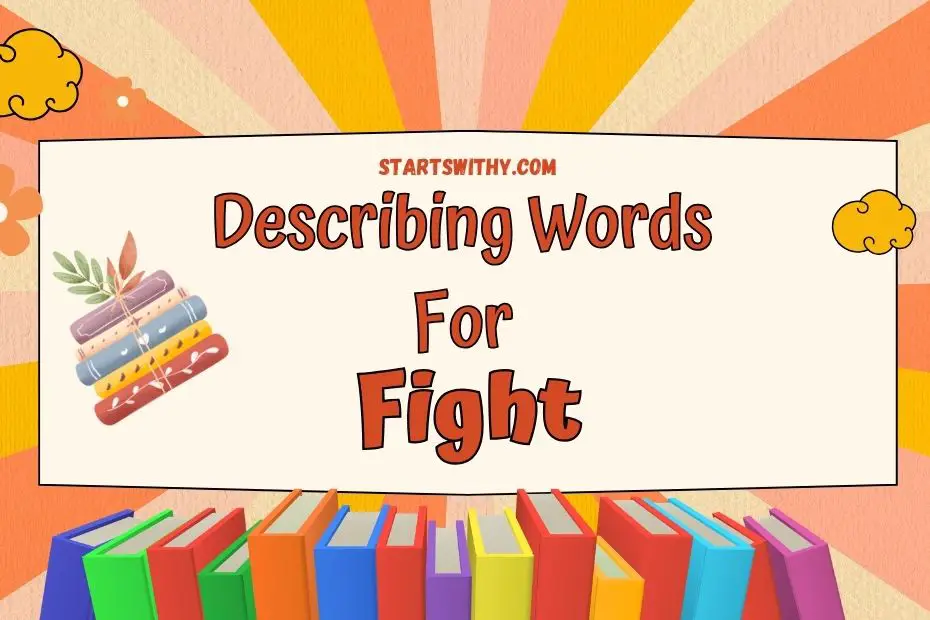When it comes to describing the sense of touch, words have the power to transport us to a world of sensations. From the gentle caress of a soft fabric to the rough texture of sandpaper, adjectives play a crucial role in painting a vivid picture in our minds. In this article, I’ll be exploring a variety of adjectives that can be used to describe touch, along with examples to help you better understand their usage. So, if you’re ready to dive into the realm of tactile descriptions, let’s get started!
How to Describe touch? – Different Scenarios
In this section, I’ll provide you with different scenarios and examples to help you understand how to describe touch using adjectives. Let’s dive in!
1. Soft Touch:
When we experience a soft touch, it can leave us feeling calm and comforted. Here are some adjectives you can use to describe a soft touch:
- Gentle: The touch of a mother’s hand on her child’s cheek is gentle, conveying love and tenderness.
- Silky: The touch of a smooth silk fabric against your skin feels silky, creating a luxurious and pleasant sensation.
- Feathery: A feather lightly brushing against your arm feels feathery, giving you a delicate, ticklish feeling.
2. Rough Touch:
A rough touch can elicit a different response, invoking sensations of roughness or discomfort. Here are some adjectives to describe a rough touch:
- Coarse: The touch of a rough sandpaper against your fingertips is coarse and abrasive.
- Prickly: Touching a cactus can feel prickly, with small thorns that poke and irritate your skin.
- Scratchy: Wearing a woolen sweater that’s not soft can feel scratchy, causing an itchiness or irritation.
3. Wet Touch:
A wet touch usually involves contact with water or another liquid, which can evoke feelings of moisture or coolness. Here are some adjectives to describe a wet touch:
| Adjective | Example |
|---|---|
| Damp | Touching a freshly watered plant might feel damp, leaving your fingers slightly moist. |
| Soggy | Stepping on a wet sponge can feel soggy, as it absorbs the water and becomes heavy. |
| Slippery | Holding a wet bar of soap can be slippery, making it difficult to grasp firmly. |
- Electrifying: When you touch a Van de Graaff generator, you may feel an electrifying sensation due to static electricity.
- Tingling: Using a foot massager can create a tingling sensation, relaxing your feet and improving circulation.
- **Pins and needles
Describing Words for touch in English
When it comes to describing touch, there are a variety of adjectives that can help us vividly express the feel of different objects and textures. Let’s explore some of these describing words for touch and see how they can bring our descriptions to life.
Soft Touch
A soft touch can be gentle, delicate, or even velvety. Imagine the sensation of stroking a furry kitten or running your fingers through a soft silk fabric. These actions evoke feelings of comfort and smoothness.
Below are some examples of adjectives that can be used to describe a soft touch:
Adjectives
- Gentle
- Silky
- Feathery
- Smooth
- Tender
Rough Touch
In contrast to a soft touch, a rough touch can be coarse, prickly, or even scratchy. Picture the sensation of touching a rough wooden surface or rubbing your hand against a prickly cactus. These textures elicit feelings of roughness and can sometimes even be slightly uncomfortable.
Here are some examples of adjectives that describe a rough touch:
Adjectives
- Coarse
- Prickly
- Scratchy
- Rough
- Gritty
Wet Touch
Have you ever touched something wet and felt the cool, moist sensation? Describing a wet touch requires words that convey dampness, moisture, and slipperiness. Think of the feeling when you dip your hands into a pool of water or touch a soggy sponge.
Check out these adjectives that can be used to describe a wet touch:
Adjectives
- Damp
- Soggy
- Slippery
- Moist
- Wet
Remember, these words can be great tools for expanding vocabulary and engaging young learners in learning about the different sensations that objects can evoke. Encourage children to use these adjectives in their own descriptions to develop their language skills and sensory awareness.
| Soft Touch | Rough Touch | Wet Touch |
|---|---|---|
| Gentle | Coarse | Damp |
| Silky | Prickly | Soggy |
| Feathery | Scratchy | Slippery |
| Smooth | Rough | Moist |
| Tender | Grit |
Adjectives for touch
As an expert blogger with years of experience, I have come across various adjectives that can be used to describe different types of touch. In this section, I will provide you with positive and negative adjectives for touch, along with example sentences to help you understand their usage. These descriptive words can be valuable tools for preschool and kindergarten teachers when teaching children about the sense of touch.
Positive Adjectives for Touch with Example Sentences
When we think about positive touch, words like soft, gentle, and comforting come to mind. Here are some adjectives that can be used to describe a positive touch, along with example sentences:
| Adjective | Example Sentence |
|---|---|
| Soft | The kitten’s fur is soft and fluffy. |
| Gentle | She gave me a gentle massage to help me relax. |
| Comforting | Holding a loved one’s hand can be comforting. |
These positive adjectives not only enhance vocabulary but also create a pleasant and soothing atmosphere.
Negative Adjectives for Touch with Example Sentences
On the other hand, there are occasions when we experience touch that is less pleasant. Negative adjectives can be used to describe such touch. Here are some examples along with sentences illustrating their usage:
| Adjective | Example Sentence |
|---|---|
| Rough | The sandpaper feels rough against my skin. |
| Prickly | The thorns on the cactus were prickly to touch. |
| Scratchy | The sweater had an irritating, scratchy texture. |
These negative adjectives help children recognize and describe touch that may not be as enjoyable.
By incorporating these adjectives into their lessons, preschool and kindergarten teachers can help their students develop a better understanding of the different sensations associated with touch. This not only enriches their vocabulary but also enhances their sensory awareness.
Remember, children grasp concepts in various ways, and the sense of touch is an important aspect of their learning journey. By describing touch using adjectives, educators can make the learning process more engaging and enjoyable for young learners.
Synonyms and Antonyms with Example Sentences
Synonyms for touch
When it comes to describing the sense of touch, there are several synonyms that can help us paint a vivid picture. Here are some alternative words that can be used interchangeably to describe different touch sensations:
| Synonym | Definition | Example Sentence |
|---|---|---|
| Tactile | Relating to the sense of touch | The tactile fabric was incredibly soft. |
| Haptic | Relating to the sense of touch | She enjoyed the haptic experience of the silky sand. |
| Palpable | Capable of being touched or felt | The tension in the room was palpable. |
| Tangible | Perceptible to the touch; touchable | The excitement in the air was tangible. |
| Contact | A touch or meeting of surfaces | I could feel the contact of the cold metal against my skin. |
Using these synonyms in your teaching materials can help enrich children’s vocabulary and broaden their understanding of the sense of touch.
Antonyms for touch
In order to provide a comprehensive understanding of touch, it’s important to also introduce antonyms – words that have opposite meanings. Here are some antonyms that can be used to describe different touch sensations:
| Antonym | Definition | Example Sentence |
|---|---|---|
| Numb | Lacking sensation or feeling | His hand felt numb after being in the cold for too long. |
| Insensitive | Not able to feel or perceive | The rock was insensitive to the touch. |
| Imperceptible | Not able to be perceived by touch | The texture of the water was imperceptible. |
| Intangible | Not perceptible to touch or physical senses | The ghostly figure seemed intangible. |
| Untouched | Not touched or affected by something | The book sat on the shelf, untouched for years. |
Including antonyms in your lessons will provide a balanced perspective and help children understand the range of sensations related to touch.
By incorporating these synonyms and antonyms into your teaching materials, you can engage young learners, enhance their vocabulary skills, and foster a deeper understanding of the sense of touch.
Conclusion
Expanding children’s vocabulary and understanding of touch is crucial for their cognitive development. By incorporating synonyms and antonyms for the sense of touch into teaching materials, we can engage young learners and enhance their vocabulary skills. Words like tactile, haptic, palpable, tangible, and contact provide a rich and varied description of touch, while antonyms such as numb, insensitive, imperceptible, intangible, and untouched offer contrasting perspectives.
By introducing these descriptive words, we can encourage children to explore the different sensations and textures associated with touch. This not only helps them develop a deeper understanding of the world around them but also improves their ability to express themselves effectively.
Incorporating these adjectives into lessons and activities allows children to expand their vocabulary in a meaningful way. It enables them to communicate their experiences and feelings more precisely, fostering their language development and overall communication skills.
By utilizing synonyms and antonyms for touch, we can enrich children’s vocabulary, broaden their understanding, and empower them to articulate their tactile experiences with confidence and precision.



